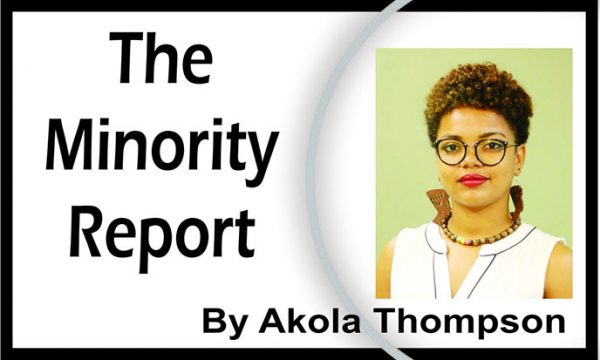 With the exception of those who have been preparing for and writing entrance and exit examinations, the majority of children have been out of the physical school environment for well over a year. Predictably, there has been a lot of chatter about the way in which children are being set back. The Ministry of Education has been exploring the possibility of them returning to school while we are still battling a global pandemic that is yet to reach its peak.
With the exception of those who have been preparing for and writing entrance and exit examinations, the majority of children have been out of the physical school environment for well over a year. Predictably, there has been a lot of chatter about the way in which children are being set back. The Ministry of Education has been exploring the possibility of them returning to school while we are still battling a global pandemic that is yet to reach its peak.
Having large numbers of children return to cramped school environments that struggled to maintain appropriate sanitation before the pandemic, might not be the wisest choice. While a lot of focus has been placed on the fact that those primarily affected by the virus are those that are older and who have pre-existing conditions, children are far from immune.
Many young children have pre-existing conditions, both known and unknown, that can be fatal for them if they pick up the virus. Even if it is hoped that all these children are healthy, the fact remains that they can be spreaders of COVID-19. With many teachers choosing to not be vaccinated and the current lack of wide-scale vaccination for children, the rates of transmission will steadily climb. While many children might not be vulnerable, their less than stellar adherence to COVID-19 guidelines, much like the adults around them, will result in them spreading the virus to those who are vulnerable and for whom infection can be fatal. With the development of variants of the virus, such as Delta, which is likely already amongst us in Guyana, a lot of the progress we have made to date will be eradicated. Its increased rates of transmission and fatality are not things that we are prepared for. Even the vaccinated are vulnerable to this variant and variants will become more deadly as the virus is allowed to continue to spread and mutate amongst the unvaccinated.
There is no doubt that the prolonged school closures have been hard on children, their parents/caretakers and teachers. They all battle different but related concerns over the closures of schools and the impact it has had on them. Parents have to contend with their child/children being constantly home while they might have to work. As a result, many parents, particularly women have been forced to leave their jobs or seek out work from home arrangements in order to care for their children. (There is another conversation here about the way in which women’s progress in the labour market has significantly shifted in the face of the pandemic.) Teachers are even more overworked during this period, as they have had to quickly learn new ways of teaching. Many of these teachers are under-resourced and unequipped to facilitate this shift into online and hybrid learning and there have been many concerns about the additional costs they now have to bear under these new arrangements.
Children in rural, Indigenous and impoverished urban communities will be less likely to return to school the longer they are out. Many have had no access to any type of schooling as they lack necessities such as the Internet or devices through which they can access classes. There have been efforts to reach children through the learning channel but accessibility to this still remains out of touch for many homes. Middle and high-income students who are able to benefit from online school learning will contribute towards the exacerbation of existing achievement gaps within our education system. The uneven playing field will become even starker. COVID-19 has laid bare many of our existing socio-economic inequalities and bridging these gaps will take much more concerted effort than occasional cash grants to the people, as necessary as they are.
Aside from being a place of learning, school for many children serves as a safety net and has often been the one safe haven children have had away from abusive home situations. Teachers were also more readily able to spot and support children who were vulnerable to or experiencing violence. Pre-pandemic, child sexual and physical abuse rates would always climb during school holiday periods such as Easter, July/August and Christmas. It is tragic, but not surprising then, that with children largely being at home over a year and change that the rates of violence against them and other vulnerable populations have skyrocketed. Many children are now at heightened risks of various forms of gender-based violence, food insecurity and mental health challenges. Our long under-resourced social services have largely been unable to effectively manage the steady increases in cases.
There are many important things to consider and attend to in the march to ensure that our children are safe and educated. There needs to be more streamlined and collaborative work addressing the various vulnerabilities children face, particularly during this current pandemic.








